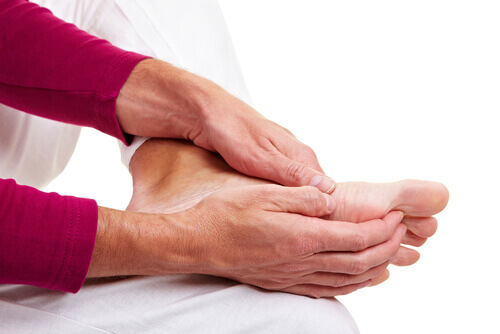- Conventional Ageing

As individuals age, their bodies begin to degrade naturally because their cells can no longer renew themselves. As a consequence of the loss of bone density that accompanies ageing, the majority of seniors will have a lower skeletal mass.
As individuals age, calcium gradually leaves the bones and enters the bloodstream. This excess calcium escapes from the bloodstream into the tissues and is distributed throughout the body. As soon as the calcium is no longer contained within the bones, it will begin to adhere to the surface. When calcium accumulates on the surface of the bone, bone spurs are the result.
These spurs can develop anywhere on the body, including the heel and joints. Depending on the size of the accumulation, these spurs may restrict movement, make walking challenging, or cause pain. Osteophytes that develop on the heel due to advanced age typically take many years to manifest.




